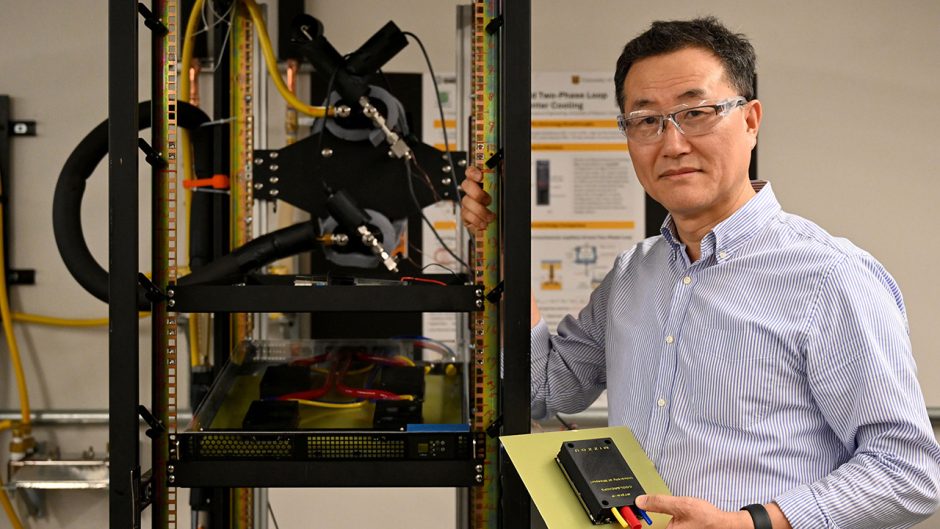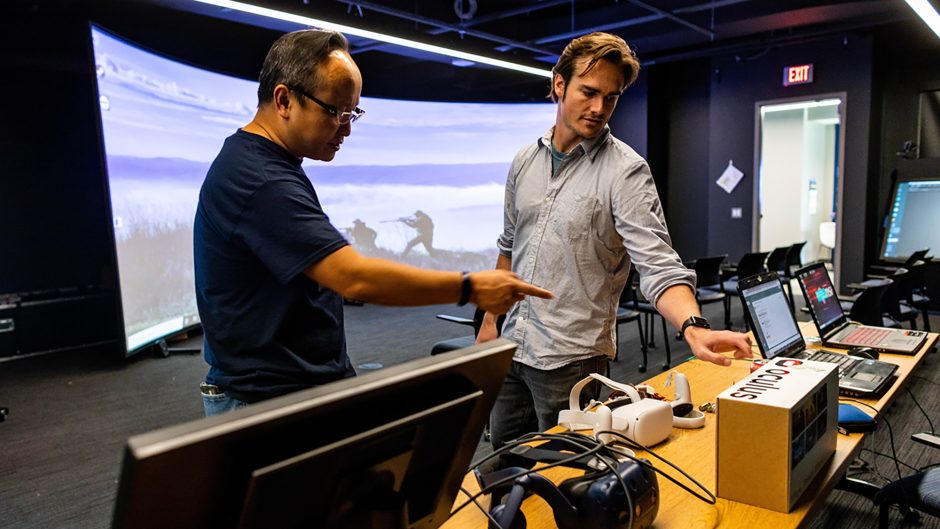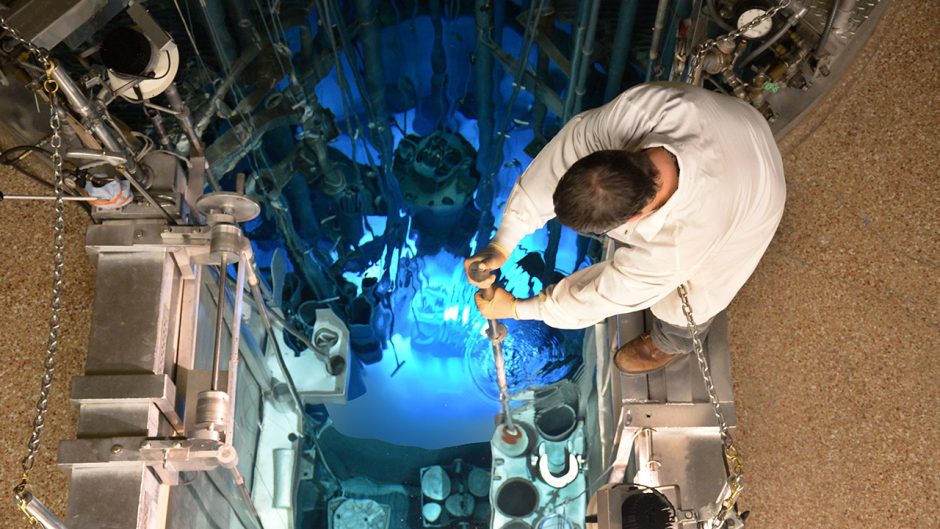
April 13, 2023
A University of Missouri engineering team has developed an innovative alert system that warns drivers when they’re in danger of colliding with a mobile work zone vehicle.
By utilizing both a mounted camera and lidar, the alert system automatically assesses a vehicle’s speed and distance. If the system detects risky behavior, it triggers flashing lights to warn the driver. If corrective action is not taken, a horn will sound.
The system is specifically designed for mobile work zones such as pavement striping, which involve a series of vehicles. The Missouri Department of Transportation (MoDOT) currently uses crash cushions known as truck mounted attenuators (TMAs) to absorb impact. Still, dozens of crashes occur each year, resulting in injury and death.
“I believe this is going to save lives,” said Yaw Adu-Gyamfi, an assistant professor of civil and environmental engineering. “Right now, what happens is someone sits in the TMA and looks back to see if a driver is not doing what they’re supposed to do and then hits the horn manually. We don’t want someone to have to do that all of the time. This will provide warnings autonomously.”
Adu-Gyamfi and team used machine learning to develop the system, supplying data to enable it to recognize hazardous scenarios, such as vehicles following too closely or accelerating. The camera component provides visual input, while lidar measures the distance of the following vehicle. The system utilizes a color-coded scheme to indicate risk, with a green light recognizing safe behaviors, and a red light signaling unsafe conditions and triggering the alert.
With officials from MoDOT, Adu-Gyamfi and Professor Carlos Sun conducted two pilot studies and are now putting the final touches on the system.
They expect it to be deployed in time for the summer construction season in May. Then, in the fall, they will analyze the data to assess its effectiveness and continue to make improvements.
“There’s nothing exactly like this in the country,” Adu-Gyamfi said. “It’s a project I’m really happy to be working on.”
Read more from the College of Engineering



